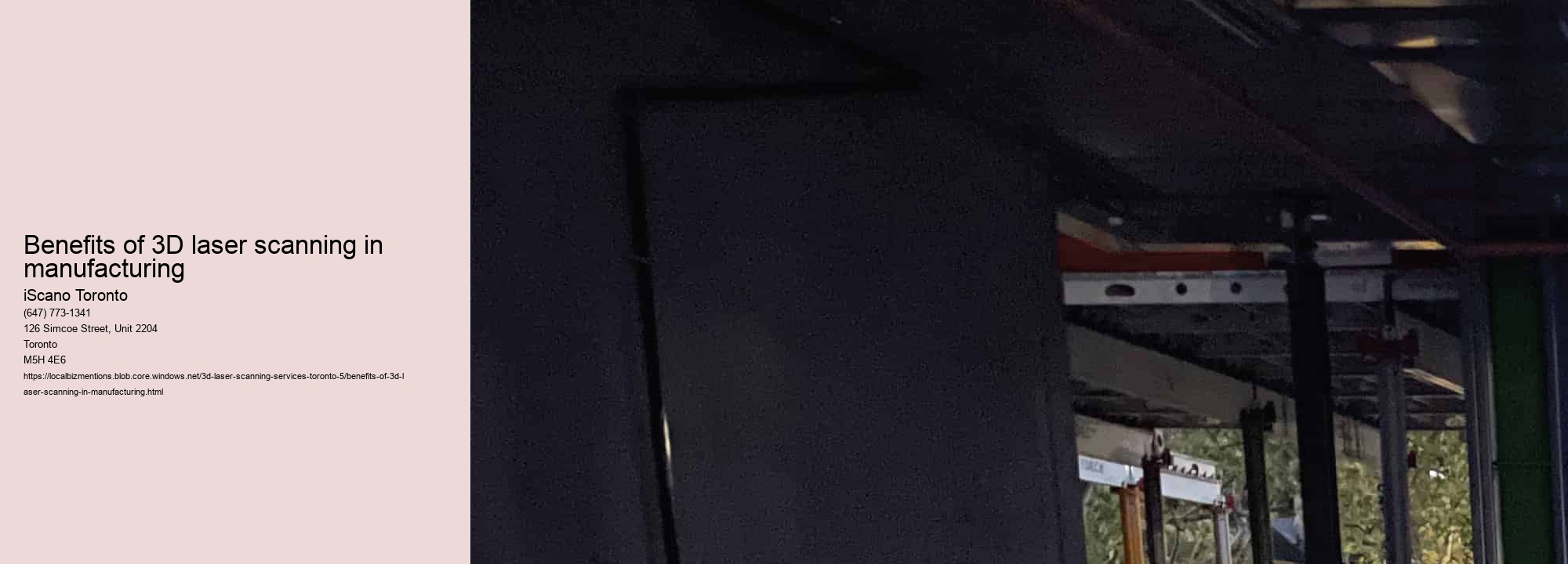Browsing the Future: How 3D Laser Scanning Services Are Changing Industries
3D laser scanning services for construction .Intro
In the realm of technical improvement, couple of advancements have actually been as transformative as 3D laser scanning services. These innovative devices have actually transformed sectors by supplying exceptional precision, efficiency, and versatility. From style to archaeology, from making to medicine, the applications of 3D laser scanning are large and consistently expanding. In this short article, we explore the complexities of this innovation and discover exactly how it is reshaping the landscape of different industries.
Understanding 3D Laser Scanning
At its core, 3D laser scanning is a non-contact, non-destructive modern technology that catches the shape, size, and details of things or environments by sending out laser beam of lights. These light beams jump off the surfaces they come across, and the scanner measures the moment it takes for each beam to return, therefore producing a factor cloud—-- a collection of countless information points that stand for the things'' s geometry in three dimensions.
The Benefits of 3D Laser Scanning
Among the main benefits of 3D laser scanning is its unequaled precision. Traditional approaches of dimension typically drop brief in catching intricate geometries or intricate information, resulting in errors and inefficiencies. With 3D laser scanning, however, also one of the most intricate surfaces can be recorded with precision down to the millimeter, guaranteeing that every information is made up.
Additionally, 3D laser scanning is extremely efficient. Unlike conventional evaluating strategies that can be time-consuming and labor-intensive, laser scanning enables rapid information purchase. A single scan can catch numerous data factors in a matter of mins, considerably decreasing the time and sources required for data collection.
An additional considerable advantage of 3D laser scanning is its non-destructive nature. Unlike physical dimensions or invasive inspection methods, laser scanning does not call for direct contact with the things being scanned, maintaining its stability and minimizing the risk of damages.
Applications Throughout Industries
The versatility of 3D laser scanning has resulted in its prevalent fostering across a myriad of markets. In architecture and building, for instance, laser scanning is made use of for as-built documentation, clash discovery, and constructing details modeling (BIM). By properly recording existing conditions, designers and designers can simplify the style process, reduce errors, and decrease pricey rework.
In the manufacturing market, 3D laser scanning plays a critical function in quality control, reverse engineering, and quick prototyping. By precisely catching the measurements of components and items, producers can identify flaws, enhance production procedures, and bring items to market much faster.
The impact of 3D laser scanning extends past the realm of industry and right into areas such as archaeology, forensics, and healthcare. Excavators make use of laser scanning to create comprehensive 3D versions of historical sites and artifacts, allowing for online preservation and analysis. In forensics, laser scanning is made use of to record criminal activity scenes, collect evidence, and rebuild mishaps with unmatched accuracy. In medical care, 3D laser scanning makes it possible for customized prosthetics, orthotics, and implants tailored to the unique composition of each patient.
Future Patterns and Developments
As modern technology continues to breakthrough, the future of 3D laser scanning holds immense promise. One emerging fad is the assimilation of expert system (AI) and machine learning formulas right into scanning software, allowing automated attribute recognition, data evaluation, and modeling. This assimilation not only improves the speed and precision of scanning procedures however additionally opens up brand-new possibilities for data-driven insights and decision-making.
Additionally, developments in hardware, such as the development of portable and mobile scanning gadgets, are making 3D laser scanning a lot more obtainable and portable than ever before. These small and light-weight scanners encourage users to record information in remote or tough atmospheres, additionally expanding the reach of this transformative technology.
Final thought
In conclusion, 3D laser scanning services are revolutionizing sectors around the world, offering exceptional precision, performance, and convenience. From architecture to archaeology, from producing to medicine, the applications of 3D laser scanning are unlimited. As innovation continues to advance, the future holds also greater pledge, with technologies such as AI integration and portable scanning devices poised to additional increase the capabilities of this transformative modern technology. In navigating the future, 3D laser scanning will unquestionably continue to be at the leading edge of advancement, improving industries and driving development in the years to find.
